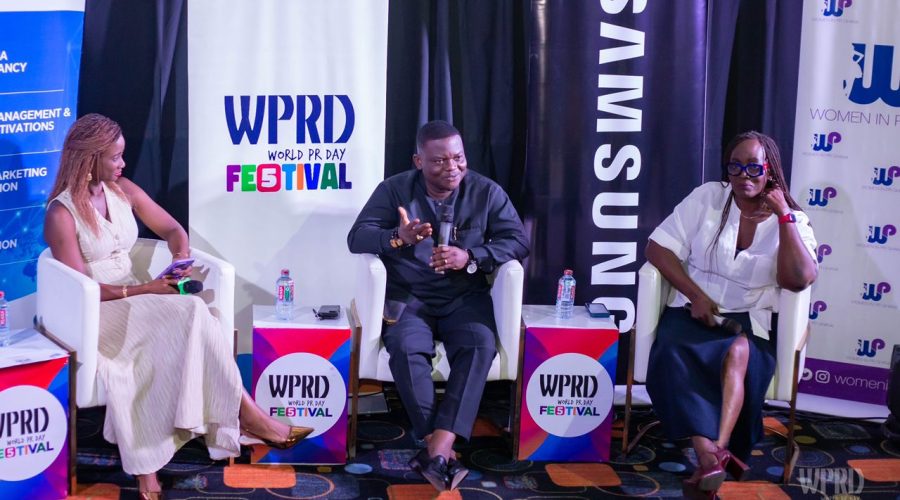One major social force influencing the future of public relations is Globalization. Money, products, materials, information and people flow swiftly across national boundaries today than ever. Advances in technology have enabled and accelerated this flow and the resulting international interactions and dependencies.
These technological advances have been especially pronounced in transportation and telecommunications. Improvements in transportation have made it possible for you, in mere hours, to travel distances that took your parents and grandparents months and weeks to cover.
For Public Relations practitioners, as previously inaccessible audiences have become more reachable, and the internet penetrates all corners of the globe, many more brands and businesses are developing and implementing global strategies, so has it caused public relations practitioners to face serious challenges and make difficult choices.
Thanks to the global reach of digital communications, crises can now spread easily. The Internet has made it possible for anyone with a cause to become a ‘Citizen Journalist”. It is becoming increasingly difficult for organisations to identify potential threats.
Simply put, advances in communications allow us to know what is occurring in a country half-way around the world instantaneously.
2020 has been a year of lessons for PR practitioners. we continue to see our roles and responsibility evolving. No longer just relationship builders and media relations, we’re molding our clients’ legacies with every picture, placement, and caption.
So many brands have for example found success incorporating TikTok’s unique video meets text storytelling, there is one area of TikTok no brand wants to be. This is where tech-savvy teens and activist millennials share the “receipts,” screenshots, tweets, news articles, and other evidence that points to the need to “cancel” an individual, business, or other entity.
Bad press is nothing new to the PR industry, but there is a key element to this situation. First, TikTok videos travel quickly. They can be downloaded easily and shared across social media. Additionally, TikTok “duet” and split-screen reactions allow for more people to join the conversation not to mention the ability to embed these reaction videos over on Instagram for cross-channel conversation.
As trade expands globally, the most notable audiences drawing attention of public relations practitioners are in places such as Russia, China, India, Latin America, Europe and America. PR practitioners must overcome language barriers and social differences to practice culturally appropriate and locally acceptable public relations. This brings to mind the drink called ‘TruMoo’ chocolate this may just be a drink for many people but those of us in Ghana won’t patronise it because the name of the drink means excuse my language (asshole) in the Twi language. Same way Brazilian men will have a challenge buying a car named ‘pinto’ because its a slang for the male reproductive organ. This situation forced Ford to rebrand its Pinto car brand to Corcel meaning horse. If ‘TruMoo’ or Ford Pinto was made for only people living in their countries of origin, there wouldn’t be a need to rebrand. Differences in lifestyles, customs, values and cultures are not the only unique challenges. Unique aspects of local political, economic, and industrial structural also are challenges.
Working in combination, these forces have given us a sense of interconnectedness and created a world of opportunities for public relations professionals.
In our current digital communication space, bad press is not announced as a newspaper headline, but rather directly among users and consumers. Television, radio and digital articles are often late to the game, eventually “catch up” to many of the trends we see originating on TikTok and even reporting on these new trends as news.
By: Bridget Mensah PR Executive at Global Media Alliance




